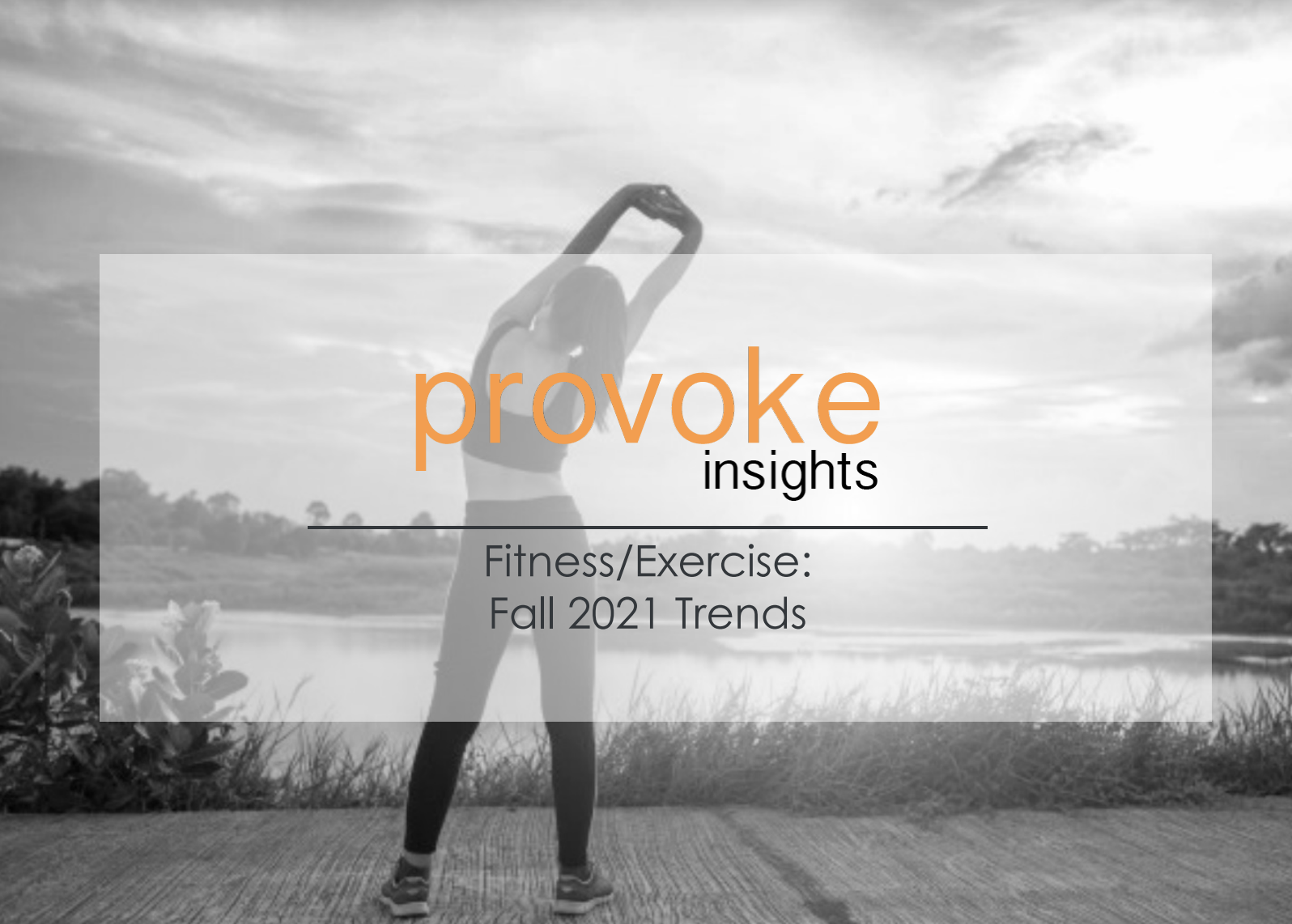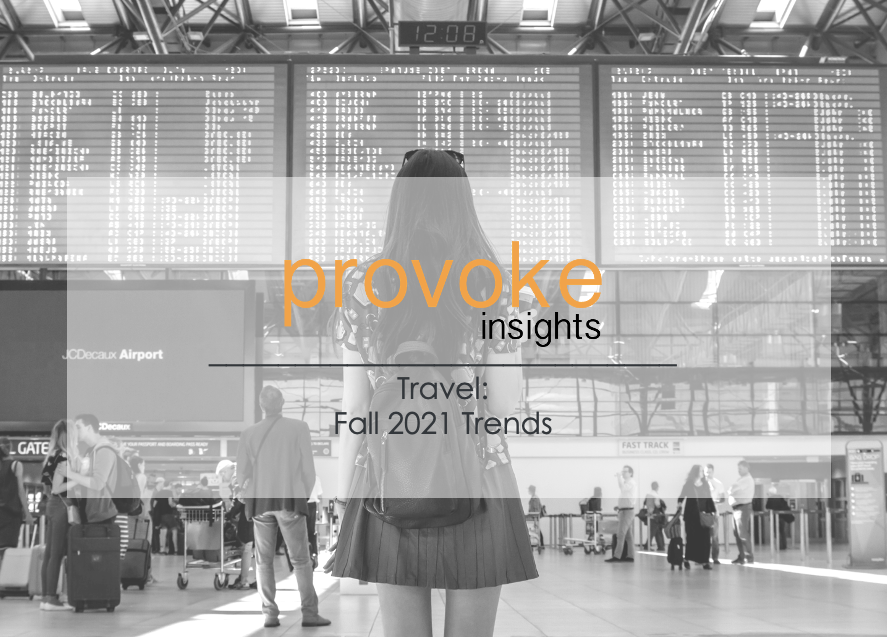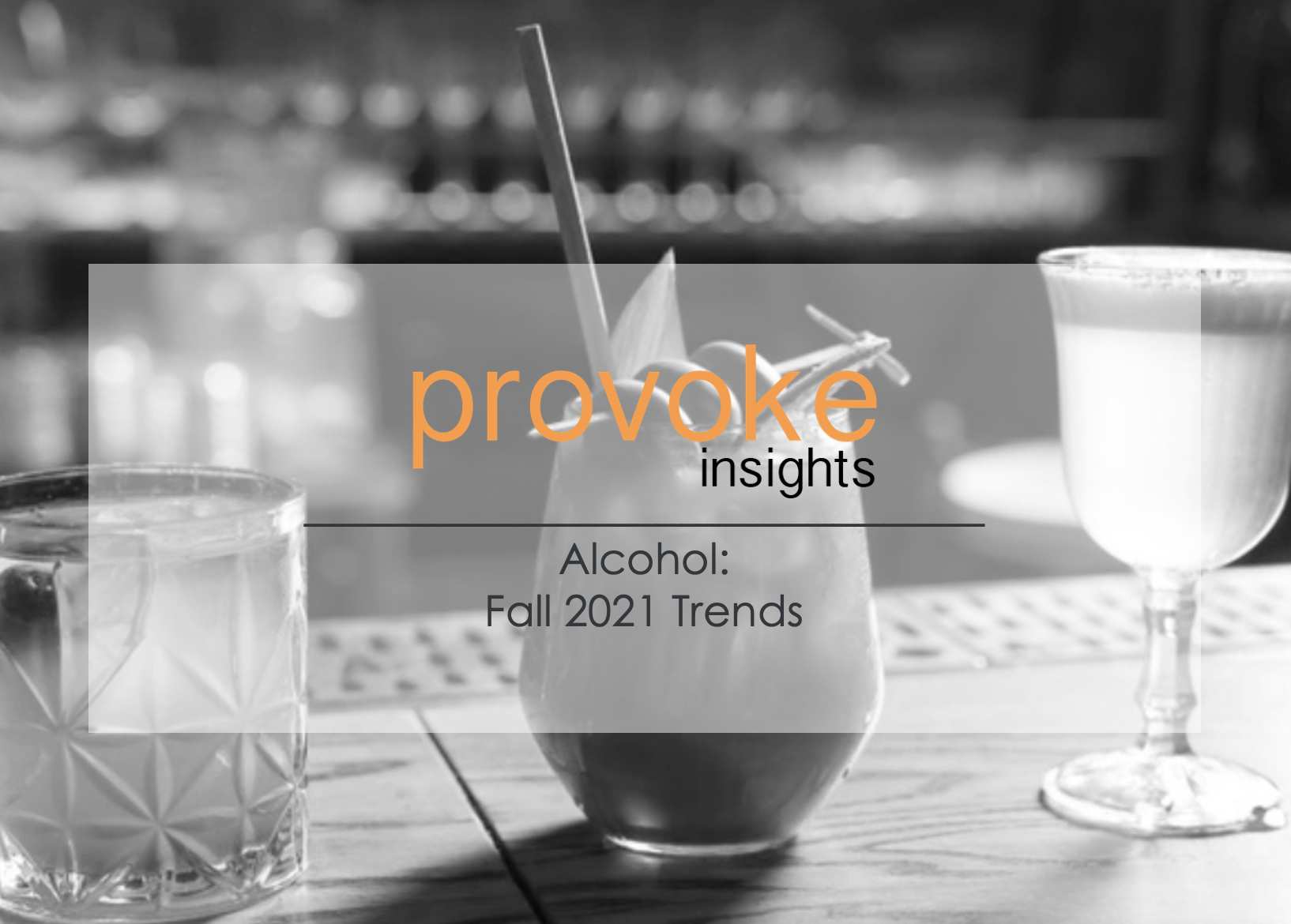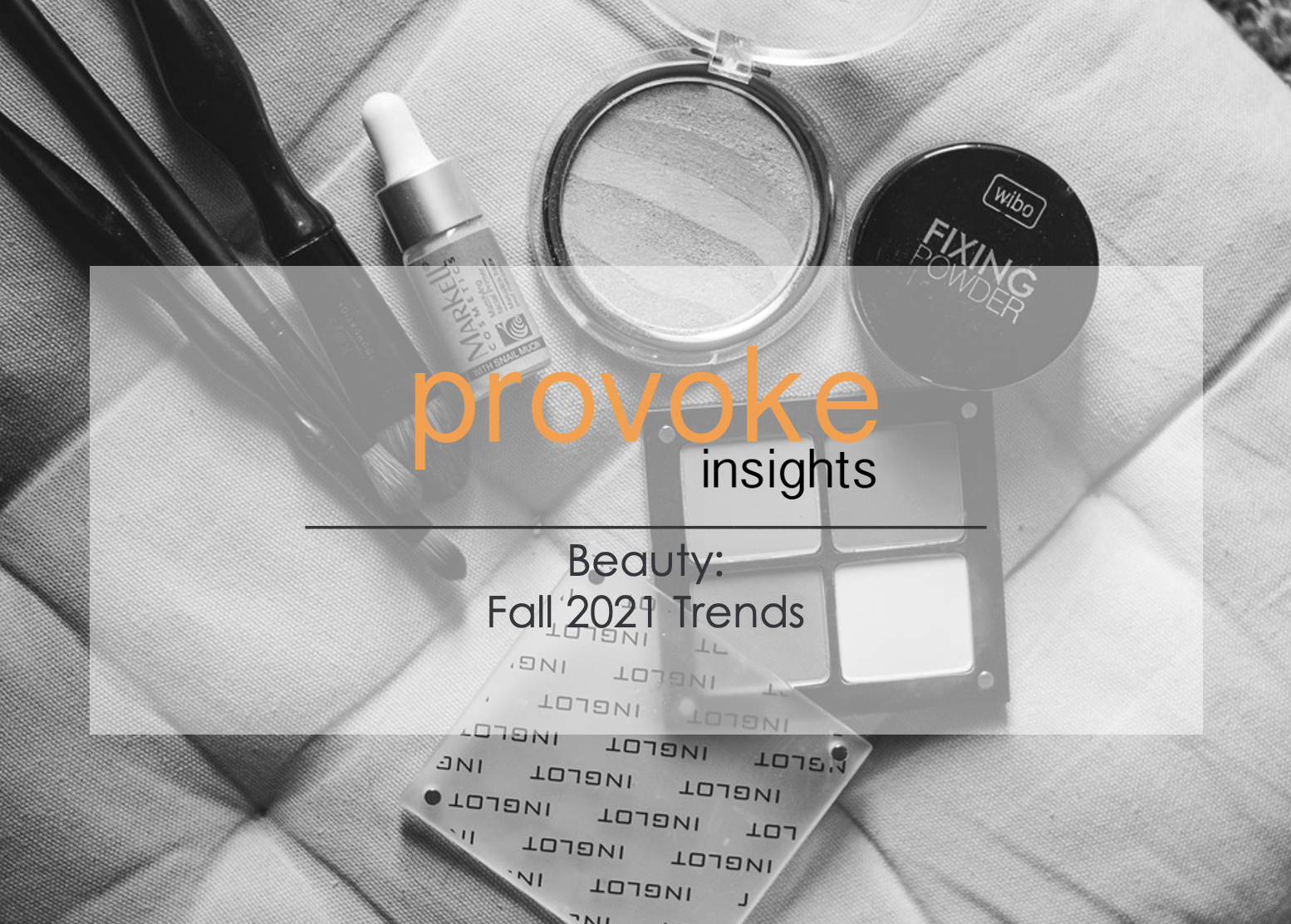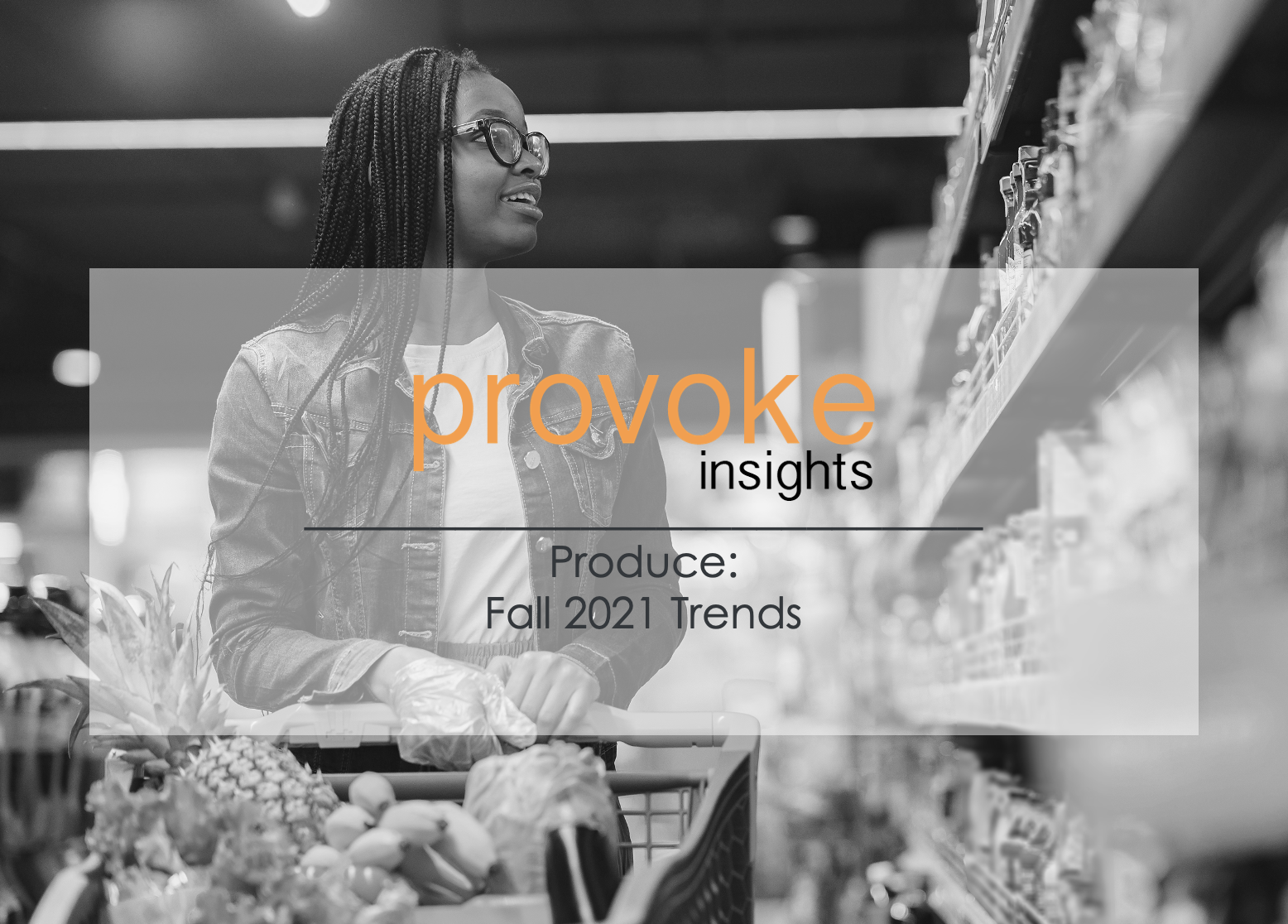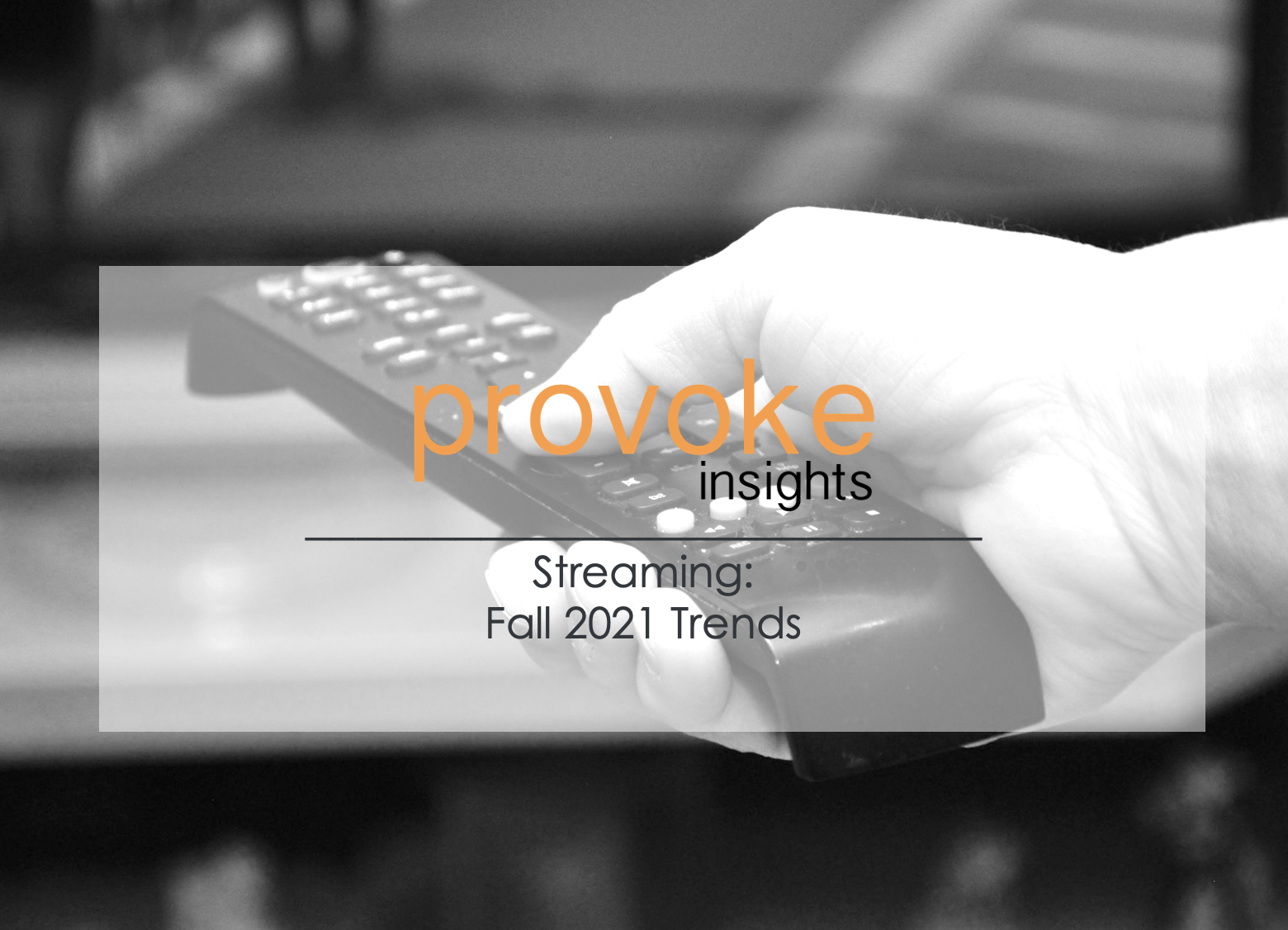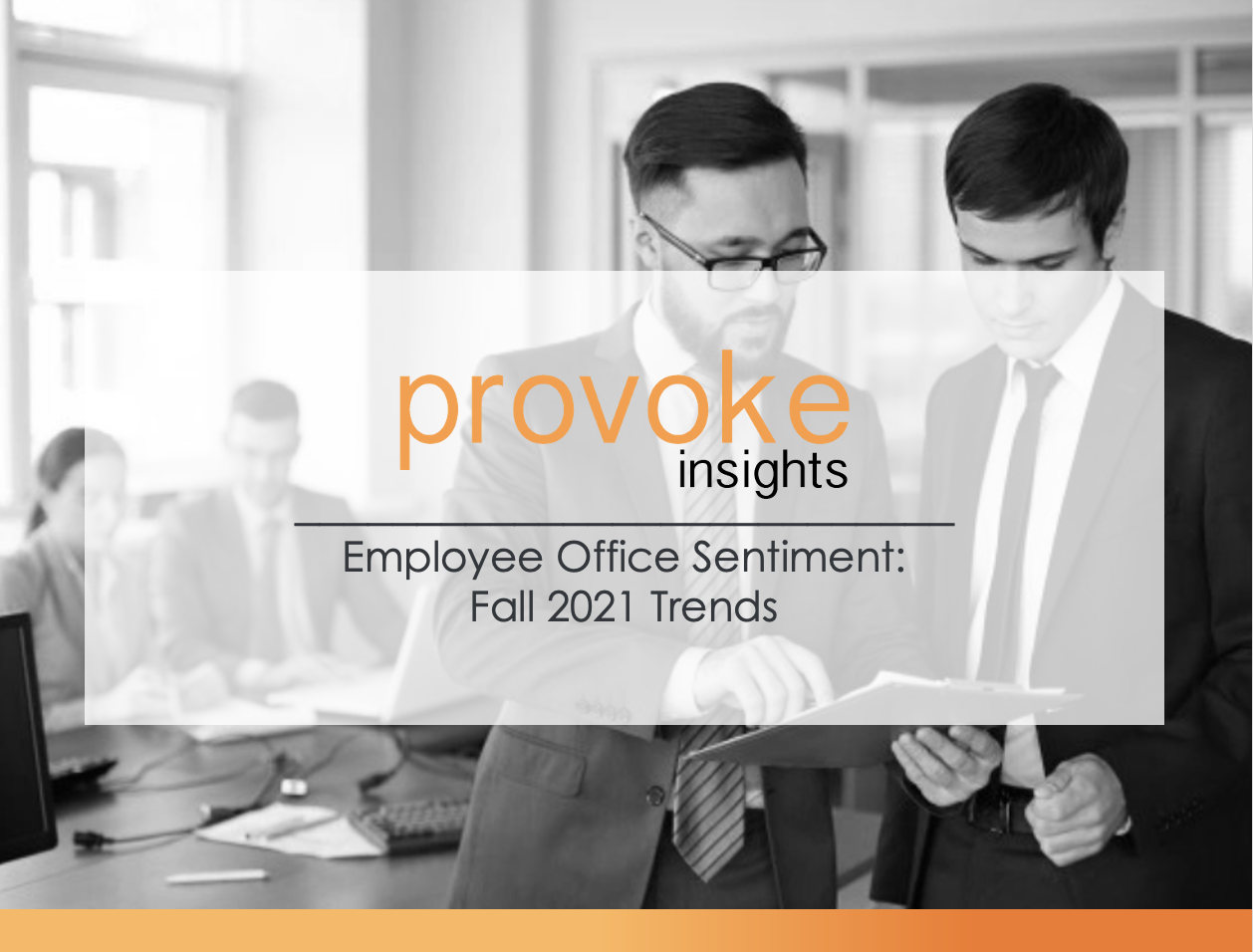The COVID pandemic has generated drastic changes in all aspects of our lives. How has the shift from in-person to virtual impacted Americans’ fitness habits and the ways we exercise? With Provoke Insights’ third wave of in-house trends research, we aimed to recognize consumer trends in 15 different industries, including how people have changed their exercise habits.
Who is Hitting the Gym?
While about 1/5 of Americans say they are working out more (22%), almost 1/4 say they are working out less (24%). Those who are working out more include hybrid workers, Hispanics, and affluent Democrat parents living in cities. Americans who are exercising less tend to be women, those living in rural areas, unvaccinated, lower-income, and older.
Does Working Out Make Americans Happier?
During COVID-19, optimism and working out appear to correlate with each other. Those who exercised more during the pandemic were happier, as over four-fifths (84%) of those who work out more claim to be moderately/very optimistic. For those who work out less, less than three-fourths (73%) are optimistic. In addition, people who exercise more are often more concerned about COVID-19 impacting their health.
Virtual vs. In-Person Workouts
Has the fitness world gotten the hang of “virtual” instruction? Provoke Insights’ research shows that those who work in a hybrid model most often believe that using video workouts, such as Zoom or the Peloton, is as beneficial as going to a gym. Despite this, over one-fourth of Americans (27%) still believe that working out via video is NOT as beneficial as the gym. Even though many believe working out via video is not as good as going to the gym, only about ¼ (28%) are comfortable working out in brick-and-mortar gyms.
Download the full report for free here.
Methodology
Provoke Insights conducted a 15-minute online survey in autumn of 2021 among 1,504 Americans between the ages of 21 and 65. Provoke Insights uses a random stratified sample methodology to ensure a high degree of representation among the U.S. population. (This includes household income, age, gender, geography, ethnicity, and children living in the household.) Statistical differences between subgroups were tested at a 95% confidence level. The margin of error is +/-2.5%.
